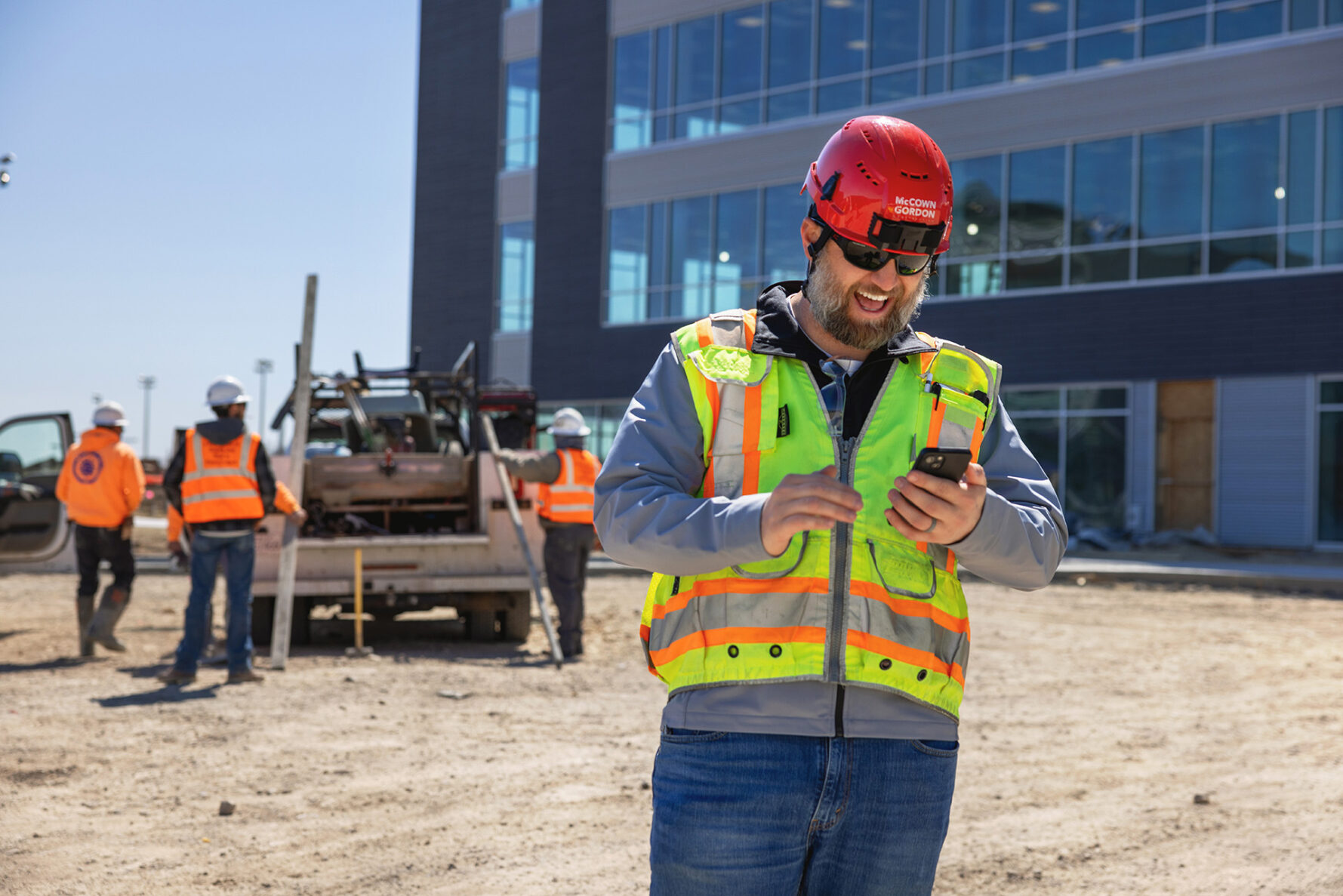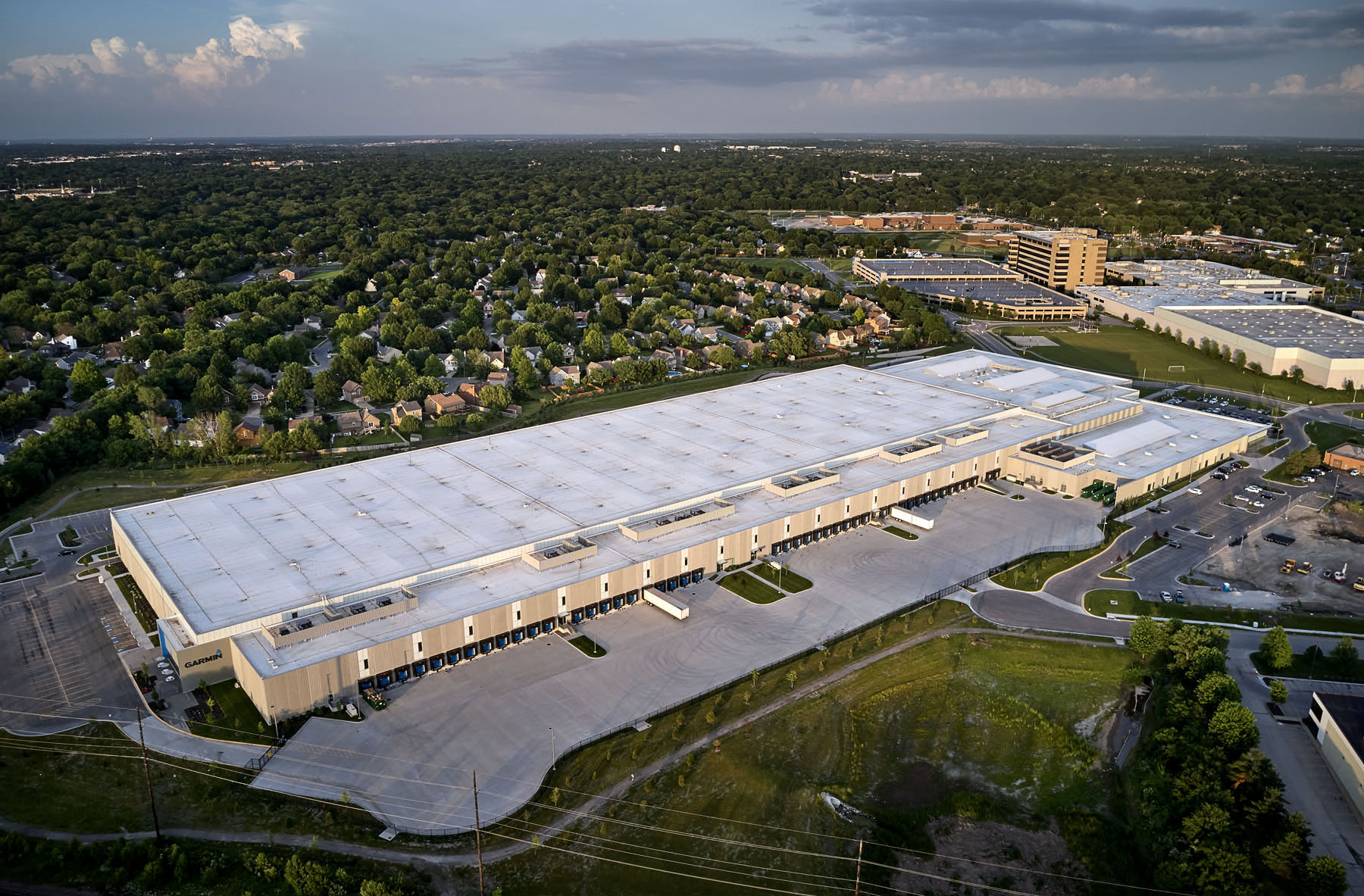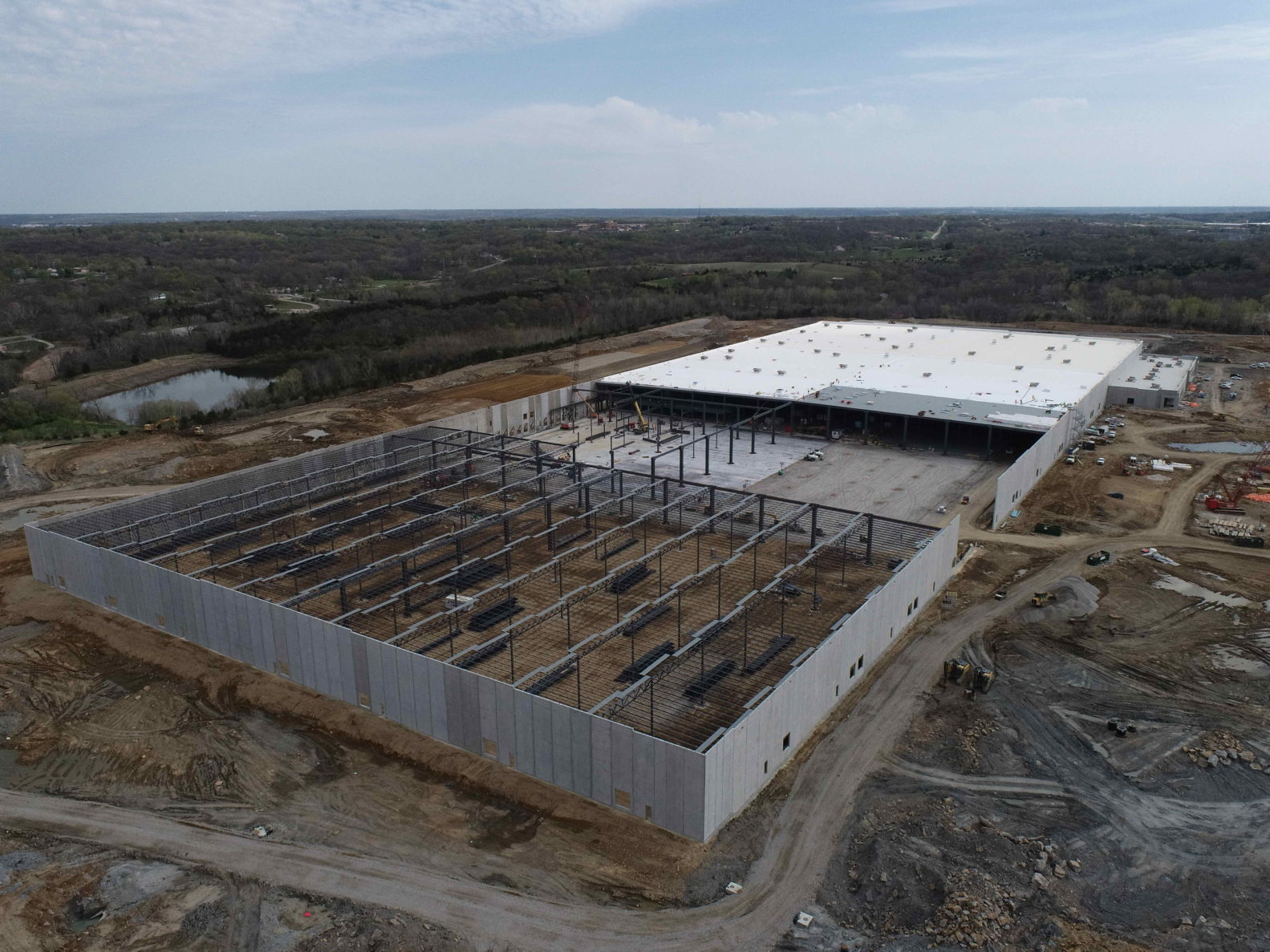Diverting Construction Waste: Achieve Tangible Sustainability Goals with Regional C&D Recovery Facility

The construction industry is a significant contributor to waste generation across the globe, with the construction & demolition (C&D) sector generating a substantial portion of the world’s waste. In the United States alone, the C&D industry generates over 600 million tons of waste annually, making C&D activities one of the largest sources of waste in the country.
While creating waste on a construction site is inevitable, there are ways we can divert construction materials away from the waste stream. While C&D recovery facilities are common in certain parts of the country, the Missouri and Kansas construction market did not have such a resource. That changed in 2023, when Rody Taylor and KC Dumpster opened the first C&D recovery facility across Missouri and Kansas in Kansas City.
“For many, many years, the Kansas City region was sending most construction waste straight to the landfill because there wasn’t a service like KC Dumpster,” says Steve Levy, Chief Operating Officer at McCownGordon. “Now, we’re able to be better stewards of the environment and see a tangible result of our commitment to sustainability.”
Read on to learn more about the C&D recovery process, how a one box solution, like KC Dumpster, helps achieve sustainability goals while making construction sites more efficient, and how C&D facilities are positively impacting McCownGordon’s construction sites.
What is a C&D recovery facility?
A C&D recovery facility is a specialized facility designed to sort, process, and recover materials from construction and demolition waste. These facilities play a crucial role in diverting waste from landfills, promoting recycling and reuse, and reducing the environmental impact of construction and demolition activities.

How it works: Dumpsters from construction sites are sent to a C&D recovery facility where they are sorted to segregate different types of materials. The KC Dumpster facility sorts primarily four types of materials – cardboard, metal, concrete, and wood. The materials are sorted both mechanically – using equipment such as shredders, crushers, and screens to break down and separate materials – and manually – to remove contaminants and recover valuable materials that may have been missed during the mechanical processes. After the material is processed, it is then prepared for recycling and reuse. For example, concrete and asphalt may be crushed and used as aggregate for new construction projects, while metals are sent to scrap yards for recycling.
What happens to the waste after it’s diverted?
Collection and separation of construction waste and debris is just the first step to diverting it. “We don’t recycle, we separate trash,” says Rody Taylor, Owner of KC Dumpster. The second step is often the most challenging – identifying end markets to purchase the recycled waste. “We pull trash out of the waste stream and put it in a pile, but someone else has to do something with that pile of scrap metal,” says Taylor.
Some materials, like steel, cardboard, and concrete are relatively easy to reuse. For example, steel is purchased by scrap yards where it is melted and fabricated into new beams, pipes, and other construction materials. Similarly, recycled concrete has a variety of uses, from road construction, structural applications, to landscaping elements. In 2023, KC Dumpster crushed and recycled nearly 50,000 tons of concrete.
Other materials, like wood, prove more challenging. “The most common wood market is mulch, where the standard of perfection is very high,” says Taylor. And other materials are dependent on the regional market. Sheetrock, for example, currently has no suitable end markets in the Kansas City Region.
KC Dumpster’s recycling rate – the percentage of materials that are recycled compared to the total amount of waste generated – is close to 50%. Reaching their goal of 75% will require developing new end markets with some out-of-the-box ideas. A few markets Taylor and the KC Dumpster team are currently evaluating include using wood shavings for livestock bedding and grinding biochar for agricultural applications. “In order for recycling to work, there has to be money in it – the recycled product has to have value,” says Taylor.
Why is diverting material important?
Diverting construction waste stands out as one of the must sustainable construction practices. Here are a few ways waste diversion and recycling impact the environment:
- Conserve resources: By diverting waste from landfills, valuable resources can be reused, recycled, or repurposed, reducing the demand for new material.
- Reduce landfill waste: Diverting waste alleviates pressure on limited landfill capacity and reduces the environmental burdens associated with landfilling.
- Save energy: Recycling and reusing construction materials require less energy compared to producing new materials from raw resources.
- Reduce greenhouse gas emissions: Recycling materials instead of extracting, processing, and transporting new, raw materials often results in lower emissions.
How do C&D recovery facilities positively impact construction sites?
Without access to a regional C&D recovery facility, construction sites typically have two options when disposing of waste: a single dumpster approach that sends all waste to the landfill, or a multiple dumpster approach that separates recyclable waste on-site. The first option is the least sustainable – all waste goes to the regional landfill where it could take decades to biodegrade (in addition to high operating and mitigation costs). The second option, while sustainable in theory, often encounters two main issues. First, construction sites are often working within constrained footprints and finding room for multiple dumpsters may not be feasible. Second, it requires a concerted effort from every construction professional and contractor on-site to sort material into the right dumpster – leaving room for human error.
Using a C&D recovery facility like KC Dumpster provides a single-box solution that takes away the challenge of recycling on a construction site. “We’re trying to take the pain out of recycling,” says Taylor. Using the single-box solution minimizes the effort needed from on-site construction personnel and frees up valuable space on the construction site.
Once the single box is picked up, it is taken to the C&D recovery facility where it is sorted. KC Dumpster then sends a report back to the construction site with diversion statistics – a real metric of sustainability efforts.
“McCownGordon really bought into our recovery facility from the beginning when it was just an idea,” says Taylor. “Now they are able to divert waste from all job sites and are a leader in diversion within the region.”
What’s the future of C&D in our region?
The construction industry is becoming more sophisticated in how it addresses sustainability. Owners and contractors are more aware of dwindling resources and the Earth’s shrinking capacity to absorb waste. As sustainability becomes less of a novelty, owners and contractors are looking for tangible ways to meet their sustainability goals. Diverting construction waste is a simple, cost-effective way to make a big impact.
“In five years, I hope diverting waste in the Kansas City region is the norm,” says Levy. “We want to be good stewards of the world we live in, and this is one way we are able to give back to the Earth.” Taylor echoed similar hopes, and has goals to increase KC Dumpster’s recycling rate to 75% with the development of new end markets and users of the recycled construction waste.
C&D recovery, diversion, and recycling plays a vital role in promoting sustainable waste management practices by maximizing the recovery and reuse of materials from construction and demolition activities. By partnering with facilities like KC Dumpster, McCownGordon is helping to conserve natural resources, reduce greenhouse gas emissions, and minimize the environmental footprint of our construction sites.




